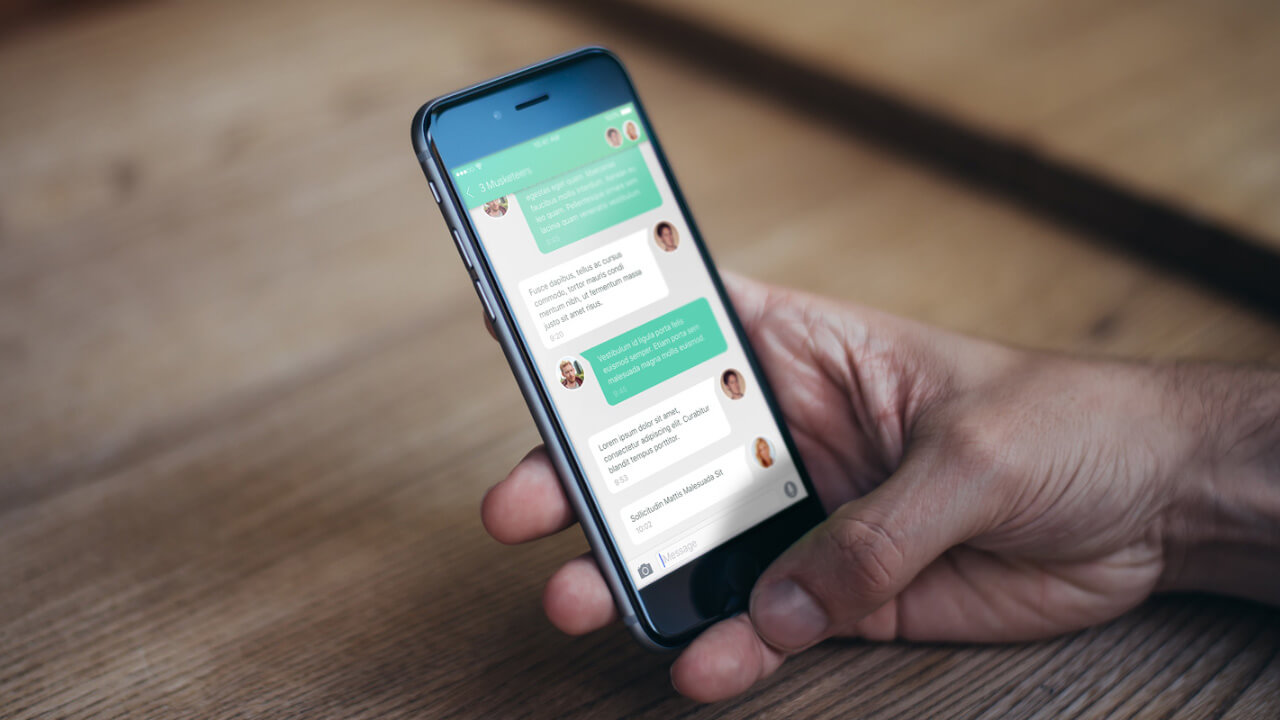
As Toys ‘R’ Us files for bankruptcy protection in the US and Canada, we’re again reminded of the brutal (and overcrowded) market retailers today operate in. The 69-year-old toyshop cited “unrelenting competition from ecommerce and big box retailers” as just one of the reasons for its insolvency.
But it’s not just veteran stores, born offline, that are finding it difficult to keep up with today’s ever-changing retail landscape; according to Fortune magazine, 90% of all online businesses fail (just look at Nasty Gal and Fab, for example).
So, what can today’s retailers do to stay on top of their game and pave the way for long-term prosperity?
There’s no simple answer to this question: from the quality of a brand’s product to the management style of a business, there are numerous factors that can determine whether or not a brand sinks or swims. What we can tell you, however, is that —in 2017— the way in which you communicate with your customers is extremely important.
Today we operate in a relationship economy, where a consumer’s spend is driven by their rapport with a brand; i.e. what that brand does for them, and how it makes them feel. Consumers today want to be recognised by their favourite brands as individuals—whether that’s in the form of personalised recommendations or exclusive perks for being such a great customer.
But how can a marketer go about building and maintaining such a relationship—all at scale?
Below we’ve listed the seven stages of smart ecommerce marketing: starting out with the basic newsletters of yesteryear before graduating to the cutting-edge, game-changing technology available today.
-
Newsletters
Once upon a time, marketers approached customer communication through the concept of a one-size-fits-all campaign. In other words, the same message was sent to an entire contact base, with the content shaped by generic information such as: products trending at the time, products merchandisers wanted to push or simply the time of year.
Since the noughties, such campaigns have been sent out via email service providers (ESPs) in the form of a newsletter; an example could be a brand sending out a festive campaign in early December promoting its Christmas party dress collection.
But what happens if 20% of those who receive this campaign never wear dresses?
If we were answering this question twenty years ago, the answer would be “nothing”. Customers just didn’t expect as much from marketing messages back then and, thanks to fewer people sharing content online, their opinions weren’t as important to a brand’s reputation as they are now.




